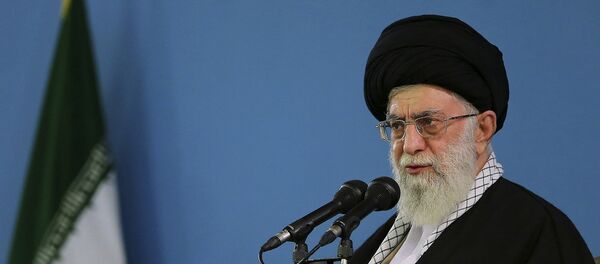“It took the rescue workers two hours or more to arrive at the scene,” he told Press TV on Friday, adding, “The rescue workers, who were just a few, started collecting dead bodies instead of taking care of the injured.”
At that time, “the people themselves, mostly Iranians, helped each other,” the survivor said.
He said that there was nobody to help them and a number of Iranian pilgrims climbed up the fence and threw water bottles for others. He further elaborated that some people on the ground looked after those who were injured, the children, and the elderly.
Iran’s Hajj and Pilgrimage Organization says the tragic incident claimed the lives of more than 1,300 people, including 131 Iranians. Saudi officials, however, put the death toll at 717.
Saudi Arabia came under intense criticism following the catastrophe.
Iranian Supreme Leader Ayatollah Seyyed Ali Khamenei said that the deadly stampede at the annual Hajj pilgrimage in Saudi Arabia was a consequence of the Saudi government's negligence. He declared three days of national mourning following the disaster.
Arabic-language daily al-Diyar reported that the presence of the convoy of Prince Mohammad bin Salman Al Saud, the son of Saudi King Salman bin Abdulaziz Al Saud, in the middle of the gathering resulted in a change in the direction of the movement of the pilgrims and the subsequent stampede.



